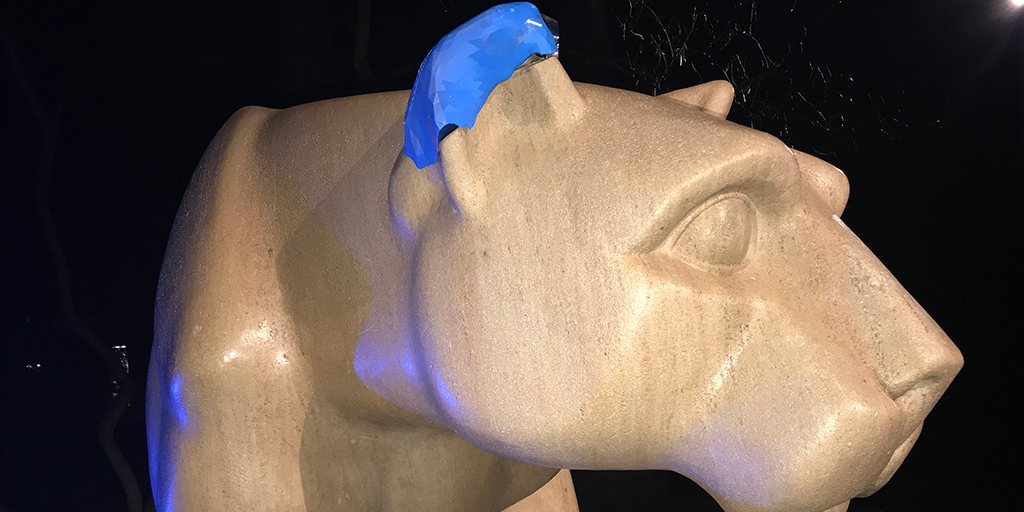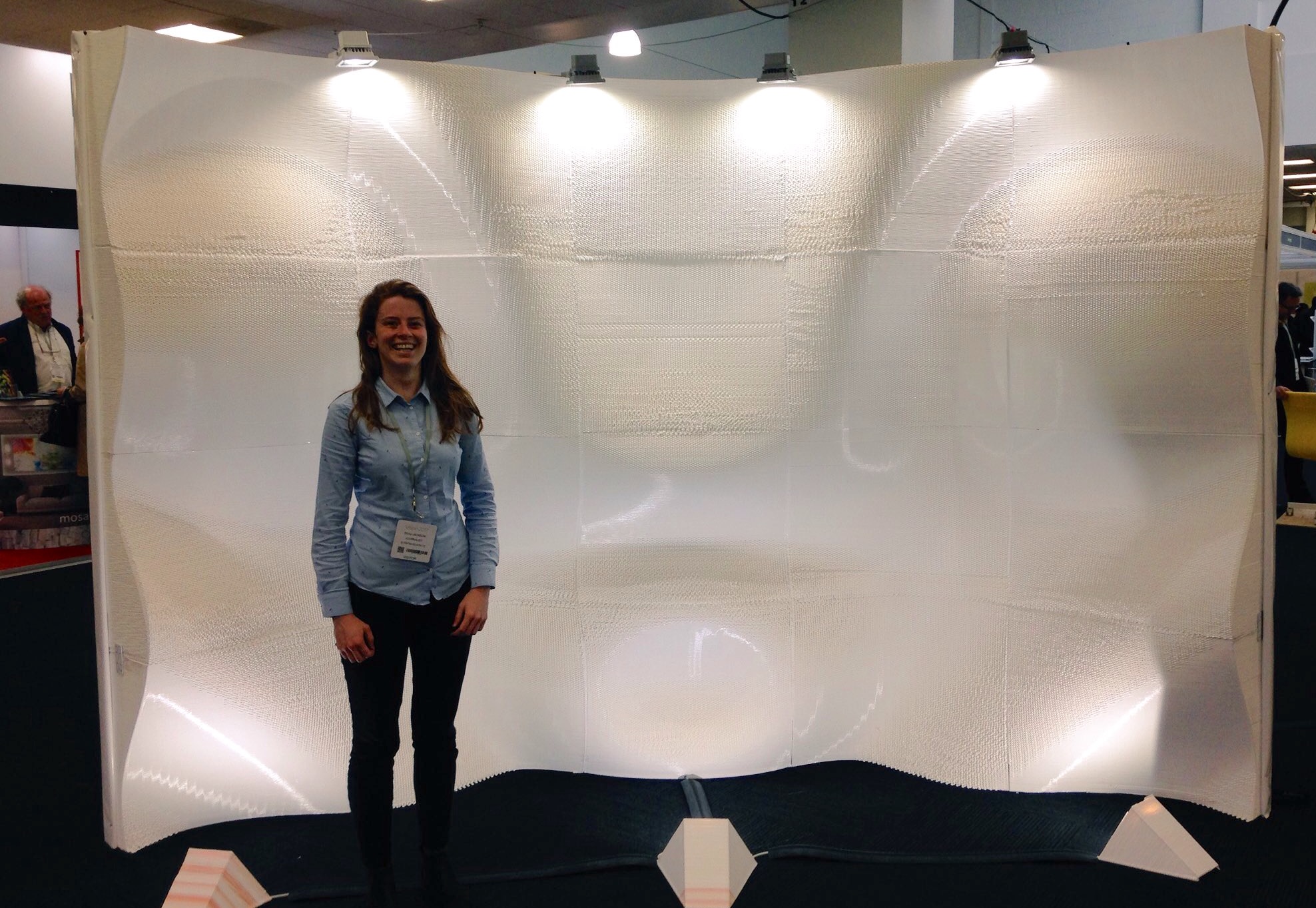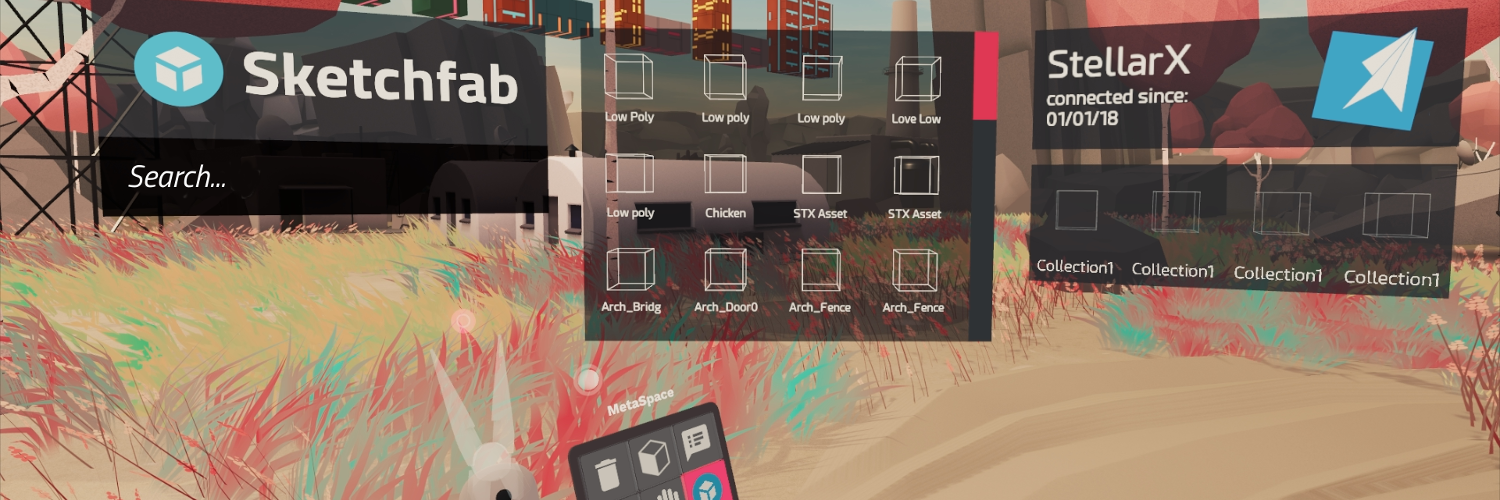Today’s Sliced answers the questions: what is 4D printing? How does it compare to 3D printing? Will we soon be riding bionic aircraft? All this and more from GE Additive, Sketchfab, FILOALFA and Tecnun.
Protecting iconic statues
Students are working with Project Regrind to convert plastic water bottles into 3D printing filament. Bottles are ground into flakes and heated in an extruder to produce filament. Charles Davies, a senior mechanical engineering student, said “A lot of this project was just to promote STEM learning. Another thing is we want to give the filament to surrounding high schools [with] 3D printing for free so they can learn about this stuff.”
Student motorsport team Tecnun is using Stratasys Fortus 450mc Production 3D Printer to reduce the weight of parts and the time it take to produce them. A Core made of Stratasys ST-130 sacrificial tooling material is wrapped with a carbon fiber composite material. Once cured, the sacrificial core is dissolved, leaving the composite part.
The iconic Nittany Lion Shrine located in Pennsylvania State University’s campus has had it’s ear repaired with the help of the Penn State 3D printing club. A makeshift 3D printed mold covered the broken ear until more permanent repairs could be made.

New 3D printable polymer withstands temperatures above 300 degrees Celsius
Researchers collaborating with the Air Force Research Laboratory have successfully 3D printed a reinforced polymer composite composed of a high temperature thermoset resin infused with carbon fibre filaments. “These 3D printed parts can withstand temperatures greater than 300 degrees Celsius, making them potentially useful for turbine engine replacement parts” said Dr Hilmar Koerner, a scientist working on the polymer.
FILOALFA has released the THERMEC ZED, an FDM 3D printing filament. The company says the new filament functions well as an alternative to PEEK for industrial applications. It possesses a high chemical inertia, remaining unaffected by solvents up to 200°C. Antonio Berera, R&D manager of parent company Ciceri de Mondel, said THERMEC ZED is “an extremely resilient material, with excellent dimensional stability.”
GE’s continuing commitment to additive education
GE Additive, the General Electric Company’s additive manufacturing division, has donated a Concept Laser MLAB cusing 100R metal 3D printer, worth $250,000 to the University of Cincinnati. The donation is part of GE Additive’s $8 million commitment to providing metal 3D printers to universities around the world.
Business at a bigger scale
Car and motorcycle building technology startup Hackrod has earned a new partner in Siemens PLM Software. In the terms of the agreement between the two companies, Siemens will be powering Hackrod’s factory of the future concept with its NX™ software, and the Solid Edge® Portal for cloud-based collaboration.
In February 2018, Hackrod launched a crowdfunding campaign to attract investors for its proposed platform that harnesses 3D printing, virtual reality (VR), artificial intelligence (AR) and machine learning to build vehicles.
Italian 3D printer provider WASP Project has opened a 1,0000 square meter service center for customers seeking its large-scale solutions. The new facility is a relocation of an old office, allowing the company to showcase its technologies, and undertake new applications.

4D printing poised to “reshape the world”
Researchers presenting work at a meeting of the American Chemical Society, detail how they believe 3D and 4D printing could “reshape the world we live in.”
H. Jerry Qi, and his team at the Georgia Institute of Technology have developed prototype printer that “integrates many features that appear to simplify and expedite the processes used in traditional 3D printing.”
Due to the developments Qi believes, “We are on the cusp of creating a new generation of devices that could vastly expand the practical applications for 3-D and 4-D printing.”
Bionic aircraft and a new reality for exploring the digital 3D world
Software company CENIT, which is headquartered in Germany, is showing the first products of an ambitious Bionic Aircraft project conducted in collaboration with the EU.
Undertaken to improve additive manufacturing methods for future flight vehicles, one of the project’s aims is to create an automated design tool to generate 3D printing specific file formats.
By the project’s completion in August 2019, CENIT will have developed at catalog CATIA-based CAD parts, including 10 – 15 bionic components.
In other news, Sketchfab users can now download 3D content for direct use in VR, and AR software. In an official blog announcing the new download API, Sketchfab co-founder and CEO Alban Denoyel comments, “Since we started Sketchfab in 2012, we’ve been on a mission to help democratize 3D, and make it accessible everywhere,”
“Bringing 3D content everywhere also means sharing it outside of Sketchfab, so that it can be used in more ways, and as part of bigger projects. The download API is our first major step forward into these exterior environments.”

Keep tabs on the latest 3D printing news. Subscribe to the 3D Printing Industry newsletter, follow us on Twitter, and like us on Facebook.
Wondering how to start a career in the 3D printing industry? The 3D printing jobs board is now live.
Vote for your favorite 3D printing companies in the 2018 3D Printing Industry Awards.
Design the trophy for the awards in the 3D Printing Industry Awards design competition, sponsored by Protolabs.
Featured image shows the 3D printed mold protecting the Nittany Lion Shrine’s ear. Image via Mikayla Corrigan


